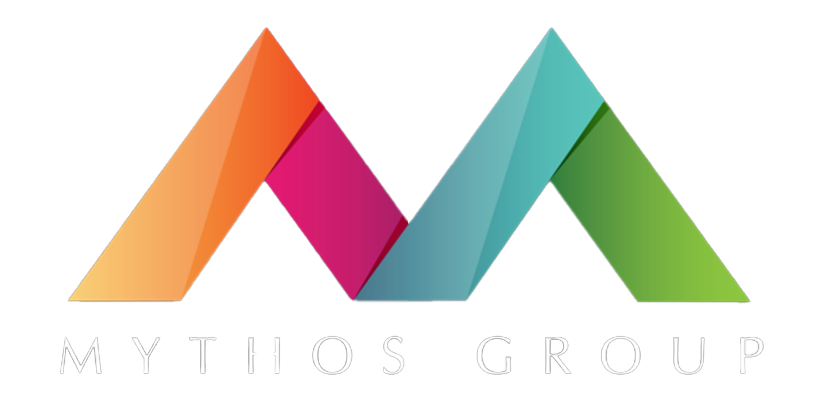In the modern workplace, work culture is at the top of employee’s minds when choosing their place of work. Studies from BuiltIn report that 47% of active job seekers cite company culture as their main reason for looking for a new place of work.
A purpose-driven culture makes people feel like they are part of something bigger. When people feel like they are part of something bigger than themselves, they will work harder and do more than they even believed they were capable of. According to McKinsey & Company, 70% of employees say their sense of purpose is largely defined by work.
In this article, you’ll learn why purpose matters in the workplace, how to create a purpose-driven work culture, and how to foster engagement with a purposeful mission.
Why Does Purpose Matter In The Workplace?
Having a strong purpose in the workplace drives individuals and organizations towards meaningful goals, according to The CEO Magazine. When employees understand the purpose of their work, they are more engaged and motivated.
Moreover, 63% of employees want their employer to provide more opportunities for their purpose in their day to day work. When individuals can see and understand the impact of their work, they are more motivated to work hard and more likely to stay with the company long-term.
Companies that clearly define their mission and share it with their workers report higher growth rates, global expansion, and success in major transformation efforts. Businesses with a purpose-driven culture also see stronger employee engagement, loyalty, and willingness to recommend the company to others.
Additionally, people who feel their individual purpose is aligned with their work reap the following benefits.
- Increased productivity. People who have a purpose at work are more productive than those who don’t. Understanding the reason behind their work and how it relates to their individual purpose motivates staff to be more productive.
- Better health. When individuals’ goals are aligned with their employer’s goals, they are less drained by their work and report better overall health. In other words, when employees are actively working towards their goals at work, they have better mental and physical health.
- More resilient. Those who do purposeful work are more resilient than those who don’t. They feel less pressure and rebound from failure more quickly.
- Better decision-making. Having a purpose guides decision-making and prioritizes actions that align with the purpose. An outlined purpose gives leadership meaning behind their decisions, which leads to stronger decision-making.
For these reasons, having a clearly defined purpose for your organization is essential for your employees to reach their full potential.
How To Create A Purpose-Driven Culture
To create a purpose-driven culture, start with defining your mission. Having a clearly defined mission allows leadership and workers to understand why they are working and what they are working towards.
Companies with the strongest purpose-driven culture are able to connect their employees’ individual purposes with their work purposes. For example, if an employee feels their purpose is to help those in need, the company could foster this purpose by providing team-building volunteer activities and donating a portion of their profits to a local charity.
Other ways to support employees’ individual purposes include the following.
- Paid volunteer hours. Offering paid time to volunteer outside of the workplace supports the employee’s individual purposes. For example, Salesforce offers employees seven days of paid time to volunteer outside of work. This strengthens employee culture and supports employees’ individual purposes.
- Community programs. Community programs, such as Lunch & Learns and Coffee Chats, make work feel more purposeful. For example, Google offers education and technology programs to support their staff. This helps employees feel connected to their coworkers and strengthens their purpose.
- Paid time off. Giving employees paid time off to live their purpose supports a purpose-driven culture. For example, H&R Block offers unlimited PTO to encourage work-life balance. Giving their employees this flexibility helps them live their personal purpose, which in turn allows them to give weight to their work purpose.
Individuals are the most engaged when their personal values are aligned with the goals of the organization. An individual’s purpose must be aligned with their work purpose for them to do their best work. To do this, demonstrate how each employee contributes to their purpose.
For example, if a salesperson at a tech company feels purposeless, explain to them that the tech they sell to their clients makes their lives better. Explaining how their work actions have a purpose makes them more engaged and purposeful regarding their day-to-day tasks.
Furthermore, 85% of executives agree they live their purpose at work, but only 13% of frontline managers feel they live their purpose at work. This drastic decrease shows the need for stronger purpose-driven work cultures.
Additionally, companies need to follow through with their purpose. Having a written-out mission statement is important, but it in itself is not enough. Companies must follow through with their mission statement by making decisions that are aligned with that mission and its purpose.
Employees feel like their contributions to the organization are more valuable when the company is pursuing an important mission, as reported by Primalogik. By connecting their work with their values, employees are more committed to the organization. They do better work and are less likely to leave.
You can increase employee commitment through a purpose-driven culture with the following actions.
- Team-building. When employees have a shared purpose, they have a stronger sense of community and are better at working together. This can be enhanced with purpose-driven team events. By giving employees the tools to work as an effective team, they will learn from each other and discover their shared purpose.
- Emphasize value. Emphasize the value of employees work through recognition during one one-on-one. For example, giving an employee praise and sharing with them how their individual contribution benefits the company encourages them to do more purposeful work.
- Promote personal growth. Promote personal growth by setting goals for individual employees and outlining milestones. When employees see the results of the work they put in, they will understand what their purpose truly is and why it’s important.
- Track engagement. Use surveys to track and maintain employee engagement. For example, management can send out a survey quarterly to determine if employees are engaged at work. They can ask questions about their purpose and work responsibilities to understand how committed their employees are to their work. By doing so, they will find areas of weakness and opportunities for improvement.
Foster Engagement With A Purposeful Mission
As you’ve learned, crafting a purpose-driven work culture leads to a stronger workforce. Leadership has the power to motivate employees and increase employee engagement by cultivating a purpose-driven culture.
A purpose-driven culture increases productivity, employee health, resiliency, and decision-making. By implementing programs that are aligned with the organization’s overall purpose and workers’ individual purposes, you’ll create a strong work culture that results in high levels of employee engagement and retention.
To learn more about fostering engagement through a purpose-driven culture, contact Mythos Group.







